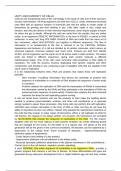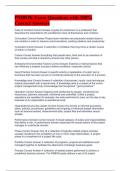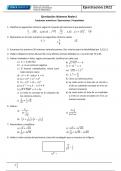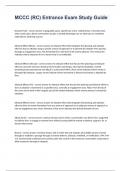Resume
Complete Summary Essential Cell Biology - BIO/13
- Cours
- Établissement
- Book
Detailed summary of the book Essential cell biology, 9780393680362, for biology exam, Unicamillus University Riassunto dettagliato del libro essential cell biology, 9780393680362, per esame di biologia, Università Unicamillus
[Montrer plus]













